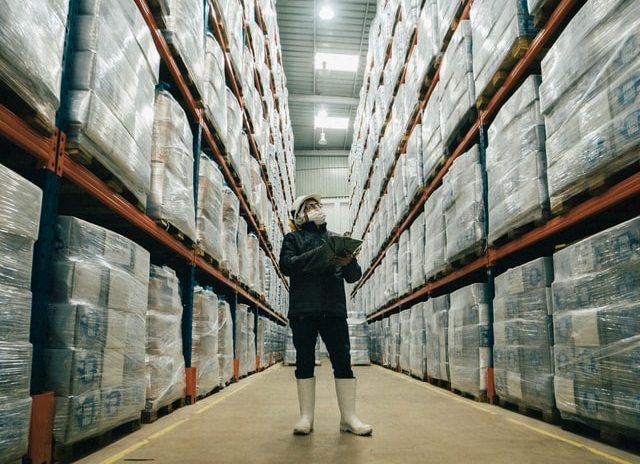The COVID-19 crisis is changing global value chains (GVCs) as companies ramp up relocation and reshoring activities to mitigate the risks brought on by a pandemic or other external shocks.
The rising trend to relocate and reshore production to multinationals’ (MNCs) origin countries or at least to areas closer to home comes as the pandemic exposed the weaknesses of offshoring, according to the United Nations Conference on Trade and Development (UNCTAD).
Offshoring is the practice of moving part or all of a company’s production to other countries and is marked by high interdependencies between leading firms and suppliers located across several continents.
However, the emergence of COVID-19 revealed all the fragility of offshoring to external shocks, said Piergiuseppe Fortunato, economic affairs officer at UNCTAD, in a new analysis.
As the pandemic spread from region to region, the crisis created instability and uncertainty that affected production costs, leading many firms to reduce or stall their production activities.
At the same time, firms were unable to meet temporary surges of demand for certain critical commodities such as masks and ventilators, as the pandemic has caused lockdowns in vast parts of the planet and limited economic activities in an unprecedented way.
With these developments, the current pandemic will only reinforce relocation and reshoring, trends that already started even before the pandemic.
“Long before COVID-19, industry 4.0 technologies were already fostering a reorganization of GVCs involving significant relocation (and reshoring) of productive activities,” said Fortunato.
For firms, industry 4.0, especially automation, unlocks new labor-saving technologies, which could potentially reduce reliance on low-skill labor in manufacturing and therefore reduce the benefits of offshoring.
Automation also impacts the global geography of production, as value chains will become more regional in nature, moving closer to consumer markets where ecosystems are more supportive to business.
COVID-19 could accelerate some these trends, as both automation and reshoring allow for more flexible adjustment to changing demand, mitigating firms’ risks in the event of a pandemic or other external shocks.
Furthermore, supply chain and travel disruptions caused by COVID-19 might undermine economic integration and encourage self-sufficient economic systems. This is true at least in strategic sectors such as medical equipment and drugs, or the production of inputs for assembling sophisticated machines, the final production of which still occurs in high-wage countries.
This tendency is reflected in the growing number of temporary export bans and restrictions on critical goods enacted by numerous countries after the outbreak.
“With most economies under full or partial lockdown and with trade and investment contracting, the future of offshoring is more uncertain than pre-COVID-19,” said Fortunato.
The World Trade Organization predicts a trade fall of between 13% and 32%, while UNCTAD estimates a foreign direct investment contraction of 30% to 40% during 2020 and 2021.
However, while multinational corporations (MNCs) will certainly rethink their strategies and give even more relevance to automation and reshoring to mitigate risks, it is unlikely that entire supply chains will be automated, at least in the near future, said Fortunato.
The automation of certain components may not be feasible or even desirable, for example due to shortages of skilled workers. MNCs also lack information on all the suppliers involved along the production line, often due to hidden subcontracting like in the case of the garment industry, which may create additional obstacles to reshoring.
Furthermore, other developments, including the growing demand for mid-range consumer goods like electronics and apparel in emerging markets, could slow down the reshoring trend.
And in labor-intensive GVCs, MNCs might find it economically more profitable to maintain their production facilities close to the newly emerging final markets, where labor costs are low and automation is not viable because there are not enough workers able to operate complex machines.
Photo by Mauricio Gutiérrez on Unsplash









